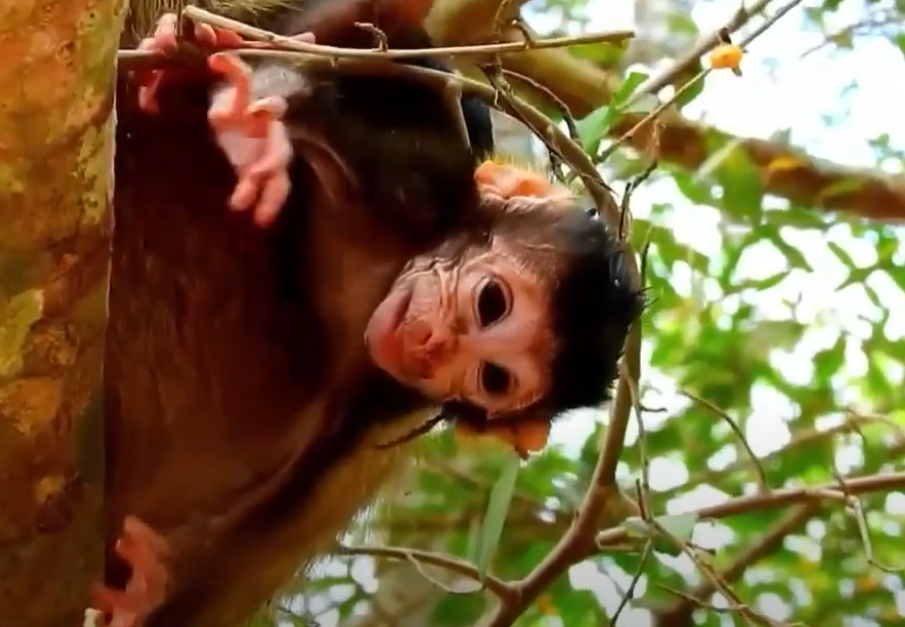I can still feel the cool morning mist settling over the moss-covered stones of the hidden forest surrounding Angkor Wat. It was early — maybe just past 5 a.m. — and the ancient trees stood like silent sentinels as I whispered to my baby, “Oh baby… what happened?” My own voice echoed against the crumbling temple walls, and for a moment, I thought the forest would answer.
We had come seeking connection and renewal, a break from the whirlwind of life back in the States. The flight had been brutal, jet lag heavy on our eyelids, but in that moment, everything slowed. The child in my arms — sleepy, curious, trusting — reached out with small hands toward the dawn light filtering through vines. The soft golden rays touched their face, and my heart felt itself splitting wide open with love and wonder.
Then — almost imperceptibly — something shifted in the air. A rustling in the undergrowth. I felt my pulse quicken. The baby stirred. I tightened my grip, half-expecting a small animal to dart into view. But it wasn’t a creature, or at least not one I recognized immediately. It was a figure, partially hidden behind a large banyan root: an elderly monk — or so I thought at first glance — with weathered skin and eyes full of ancient stories.

He spoke in Khmer; I didn’t understand the words, but his tone was gentle, concerned. My instincts took over; I tried to soothe my child. But before I could respond, he quietly moved closer, gesturing toward the temple in the distance. In that motion, I realized he might be inviting us to follow, or perhaps warning us of something. My chest tightened: “Oh baby… what happened here?” I wanted to demand answers but also felt calm, reassured by the presence before me.
The monk led us down a narrow, vine-draped path, each step soft on the earth, and shared — through broken English and patient hand motions — that this part of the forest had been quietly reclaiming history. He pointed to ancient carvings on stones half-buried in soil, and described tragic moments from the past — the Khmer Rouge era, families lost, children separated, the echoes of trauma that lingered in the soil and the trees. My baby in my arms gurgled softly; I felt both heartbreak and resolve.
I remember cradling my child and thinking: this life is precious, and yet here, the forest held evidence of sorrow and suffering. I whispered again, “Oh baby… what happened?” This time, it was a melding of my own internal question and perhaps the child’s unconscious invocation. The monk placed a gnarled hand on a carved stone and simply said: “Memory.” That single word landed like a stone in my chest.
As the sun continued to rise, the colors changed — golden light creeping across the foliage, shafts illuminating the carvings, dust motes dancing in the beams. The monk explained that stories needed witnesses, and that visitors from afar — especially parents and their children — brought new life to these spaces. He invited us to leave a small token: a ribbon, a name written in sand, a whispered prayer. We paused. I considered what it meant to honor memory, and to carry stories forward for my child — so that as they grew, they might know that some history requires remembering, even if it is painful.
I scribbled my baby’s name next to the date in the soft earth. I felt tears prick at my eyes — tears for the people who had suffered, tears for the privilege of being able to stand there freely with my child, and tears for the responsibility that comes with witnessing. We stood in quiet solidarity with history, present in that moment. And I turned to the monk and finally asked, “What happened here?” He only smiled gently and began recounting a simple story of survival, of a family that lost a child, and how the forest grew around them, protecting and yet never forgetting.
In that moment, the baby cooed, reaching a hand toward one of the stone reliefs. I realized that hope and memory could coexist — they had to. For my child, I would carry these stories, share them gently as they grew, so that they could understand the complexity of humanity: its capacity for love, for loss, for healing. I held my child close and whispered: “We’ll carry this forward.”
As we walked back toward the temple’s main grounds, the monk bowed, the morning fully alive now — light, birdsong, the gentle rustle of leaves. I repeated in my mind: “Oh baby… what happened in the Angkor Wat forest at dawn?” But I no longer needed all the answers immediately. Some moments you witness, some you sit with, and some you pass on. And I recognized that the holy ground, the trees, the stones, the people, they all become part of a continuum — of memory, of love, of duty. We left with our video rolling, the image imprinted on our hearts — and a promise to return someday, with our child grown, to walk the path once more and ask again, and listen.